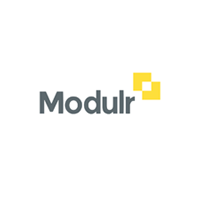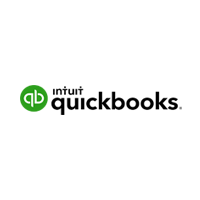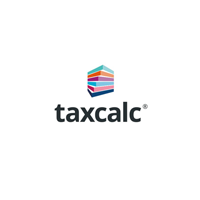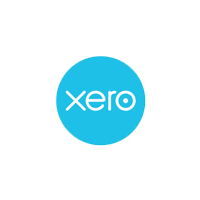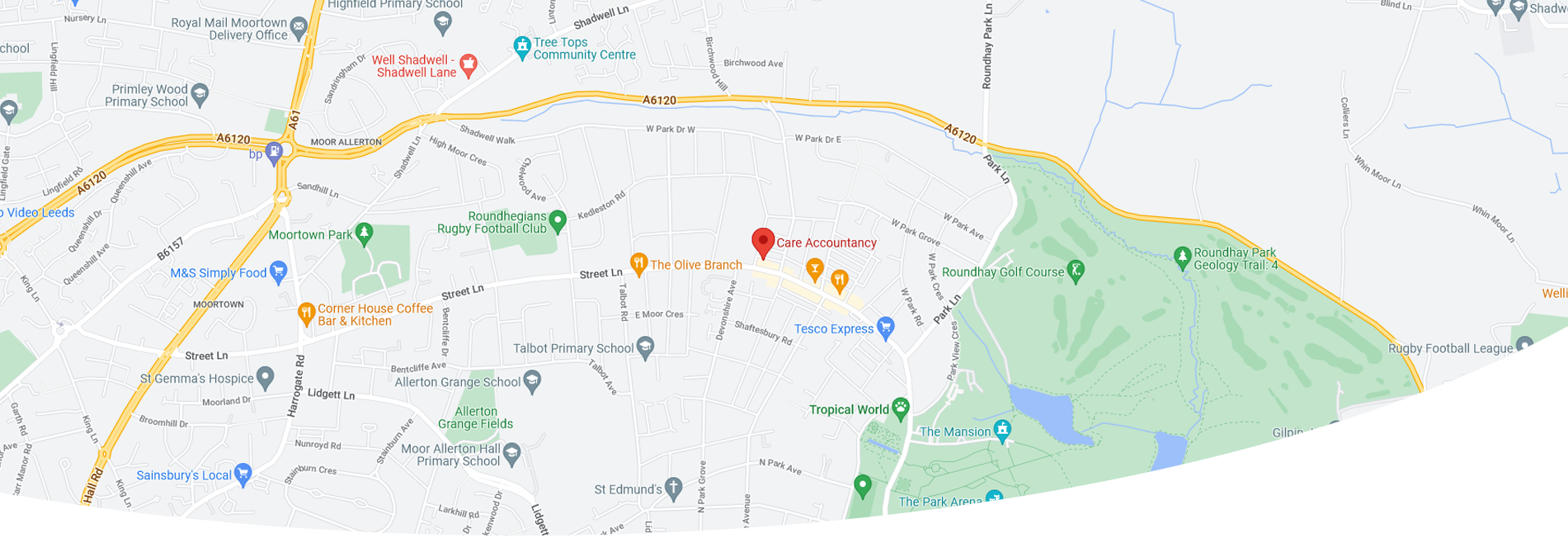Income Tax – Do your
taxes accurately
For the millions of people and businesses in the UK who use the services of a professional accountant for filing their tax returns, Care Accountancy offers the best and low-cost services in income tax, corporate tax and personal tax to prepare and file their tax returns annually.
Care Accountancy offers affordable taxable income, dividend tax, tax on rental income solutions to its client. The objective of these services is to ensure compliance with the income tax regulations and to consider ways and means to minimise the income tax liability remaining within the ambit of the tax rules.
Determining the amount of income tax requires an assessment of the profits arising in a tax year. For more than one source of income, the tax affairs would not be that simple as there would be a need to file an individual self-assessment tax return. In such cases, there will always be a need to complete a tax return whether the person is self-employed a company director or trustee or if there is any foreign source of income.
For an employee or a pension holder if the income source is from salary from these sources only there may not be any need to complete a self-assessment tax return because your employer or pension provider will deduct the income tax under the PAYE system on behalf of HMRC.
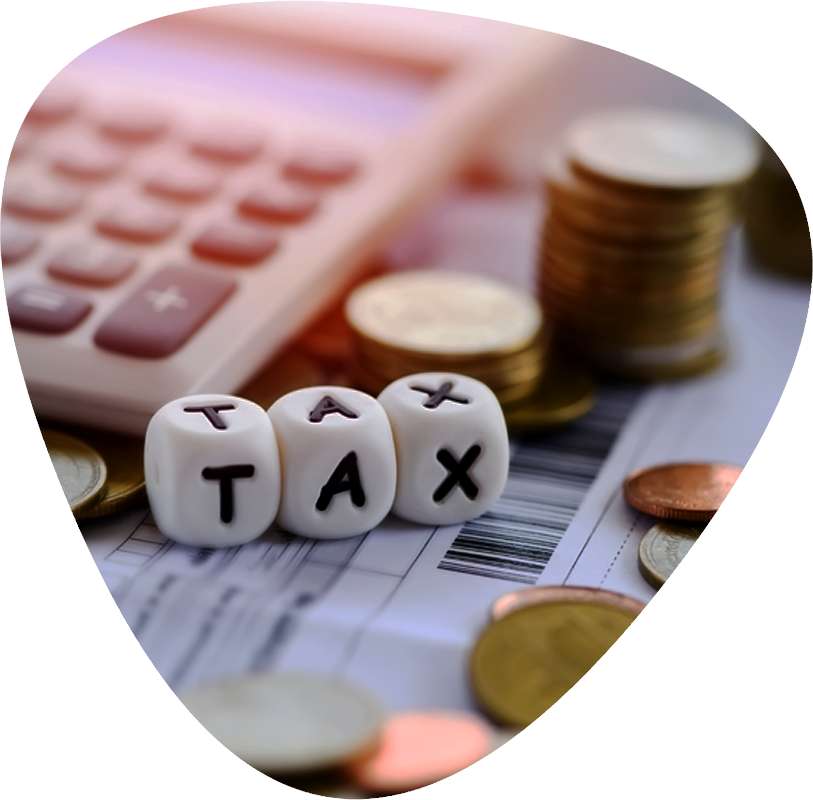

Tax professionals
Minimise tax liability!
Taxes can have a major impact on the finances of individuals, families, and businesses. We as Accountants know how the tax rules will impact our clients and their businesses.
Having an understanding of tax law is essential to work within those laws to bring the most out of it for our clients. For self-assessment of income tax, the requirement is to file an online or paper tax return to HMRC detailing all of the income and capital gains and account for tax allowances and reliefs if any. HMRC then uses these figures to calculate the tax bill or it could be worked out with a little effort.
The income tax year starts from 6 April to 5 April is referred in the UK. If a tax return (or notice to file if you file online) is received by the previous 31 October, the tax liability and any balance owed must be paid to HMRC by the next 31 January. The acceptable payment methods for income tax to HMRC include direct debits, credit or debit cards payment, BACS, and internet banking.
Following are the different rates of income applied in the computation of income tax and also after considering all of the sources of income and applying for all the claimed reliefs:
| Income Slabs | 2021-22 | 2020-21 | Rate | Personal Allowance |
| Basic | 12,571 – 37,700 | 1 2,501- 50,000 | 20% | 12,500 |
| Higher | 37,701- 150,000 | 50,001 -150,000 | 40% | 12,500* |
| Additional | Above 150,000 | Above 150,000 | 45% | 0 |
- Upto income of 100,000 after which it reduces @£1 for every £2 earn
If a Gift Aid donation is made or has a personal pension contribution, the basic rate income band increases by Gross Gift Aid donations and personal pension contributions.
Allowable Business Expenses
Self-employed businessmen can deduct allowable business allowable expenses and costs from their revenue to work out the taxable profit. Allowable expenses do not include personal amounts withdrawn from the business to pay for private expenses.
In a limited company conduit, the rules are a bit different, and any business expenses or costs can be deducted from the profits before working out the taxable profits. Any item of personal use is to be reported as a company benefit. Costs that can be claimed as allowable expenses include:
- Staff costs for employees and salaries, bonuses, pensions, benefits, agency fees, subcontractors, employer’s National Insurance can be claimed
- Rents, utility bills for heating, lighting, business & water rates, security, property insurance and an exclusive portion of the use of the home as an office.
- Insurance costs related to the office such as public liability insurance, professional indemnity insurance premiums
- office costs of the business premises, equipment with a use of fewer than 2 years,
- stationery costs of the business including phone, mobile, fax and internet bills, postage, stationery, printing,
- Vehicle insurance, repairs and servicing, fuel, parking, hire charges, vehicle licence fees, breakdown cover, train, bus, air and taxi fares, hotel rooms, meals on overnight business trips can be claimed
- Vehicle expenses can be claimed using a mileage allowance instead of the actual costs of buying and running the personal vehicle
- printer ink and cartridges, computer software which the business uses for less than 2 years, regular payments to renew computer software licence even if used for more than 2 years, other software for the business can be claimed under capital allowances unless cash basis of accounting is used.
- repairs and maintenance expenses of business premises and equipment, alterations to install or replace equipment, capital allowances for integral parts of a building, e.g. water heating systems can be claimed,
- Subscriptions to trade or professional journals, trade body or professional organisation membership if related to the business, sponsorship payments
- Legal and professional costs covering hiring of accountants, solicitors, surveyors, and architects for business reasons are claimable expenses
- Financial costs for Bank, overdraft, credit card charges, interest on bank and business loans, hire purchase interest, leasing payments, alternative finance payments, for example, Islamic finance can be claimed as an expense, however under cash basis businesses can claim expenses up to £500 only.
- Clothing expenses, for example, uniforms, protective gear and costumes for actors
- goods bought to sell on, goods for resale (stock), raw materials, direct costs from producing goods
- business expenses for newspaper ads, directories, bulk mail advertising (mailshots), free samples and website costs
- Bad debts i:e amounts of money included in the revenues but not recoverable. These can also be written off if a business is sure that they are irrecoverable.
- Training costs that help improve the skills and knowledge of staff in the business for example refresher courses
- Businesses can claim capital allowances for equipment, machinery, and business vehicles such as cars, vans and lorries and computers or printers used in business used for business under the traditional accounting mechanism.
- If the business uses a cash basis most capital equipment can be treated as an expense, but this does not include land, buildings, cars and motorcycles. Capital allowances can usually be claimed on cars and motorcycles.
Following expenses cannot be claimed
- Staff expenses such as cost of carers or domestic help, e.g nannies
- Training courses for starting a new business, expand into new areas of business, including anything related to the current business
- Non-business driving or travel costs, fines, travel between home and work.
- Entertaining clients, suppliers and customers, event hospitality.
- Fines for breaking the law
- Payments to political parties, gym membership fees, donations to charity
- Expenses for buying building premises, legal costs of buying property and machinery if traditional accounting is used, cannot be claimed as expenses instead these costs can be claimed as a capital allowance.
- Bad debts cannot be claimed under the cash basis of accounting because the money has not yet been from the business debtors.
- Debts not included in turnover, debts related to the disposal of fixed assets, for example land, buildings, machinery, provisions for bad debts Repayments of loans, overdrafts or finance arrangements
- Goods or materials bought for private use
- Depreciation of equipment
- The £1,000 tax-free trading allowance cannot also be claimed if the business is claiming capital allowances.
This means that capital allowances on eligible capital equipment do not need to be calculated. Any vehicles apart from cars and motorcycles purchased when using the cash basis must stay in the cash basis even if the business then switches to use the accruals basis.
Businesses can claim allowable expenses that relate to the business expenses or costs. If an individual is working from home, apportionment of expenses or costs incurred on a reasonable basis can be claimed such as heating, electricity, Council tax, mortgage interest or rent and internet and telephone use. Complex calculations can be avoided to work out the business expenses by using simplified expenses, which use flat rates for vehicles, working from home and living on the business premises.
Dividend Income
The rate on non-dividend savings income up to £5,000 is at Nil rate provided the taxable non-savings income does not exceed £5,000.
| 2021-22 | 2020-21 | |
| Basic Income | 7.5% | 7.5% |
| Higher Income | 32.5% | 32.5% |
| Additional Income | 38.1% | 38.1% |
A dividend allowance effectively taxes the first £2,000 dividends received at 0%. Dividends above this limit are taxed at the following rate of tax.
Non-Savings Income
Non-saving income includes income from pensions, self-employment profits and employment earnings. Only after the non-saving incomes are assessed, savings income is assessed to income tax. To the extent that the starting rate is not used up by non-savings income, the lower rate will apply to savings income.
Personal Savings Allowance
UK individuals earning a certain amount of interest on their savings, are entitled to a tax-free amount every tax year and called the personal saving allowance which is dependent on the rate of tax. The amount of allowance on which Nil tax is payable for 2021-22 and 2020-21 is as under:
| Income Slabs | Basic | High | Additional |
| Allowance | 1,000 | 500 | 0% |
A 0% band for 2021/22 and 2020-21 amounting to £5,000 is also available but is restricted by non-savings taxable income so that none of the band will be available if that income is above their personal allowance & Blind Person’s Allowance if claimed, plus the £5,000 starting rate.
This has been made clearer from the following examples:
Example 1
Z has a non-savings income of £11,000 and he also received £600 in savings income.
Z’s non-savings income is below £17,570 (12,570+5,000) and his savings income is within the 0% savings rate of £5,000. He will not pay any tax on his savings nor on his non-savings.
Example 2
Z has a non-savings income of £17,000 and he also received £600 in savings income.
Z’s income is still below the £17,570 (12,570+5,000) threshold and therefore £570 of his savings income is covered by the 0% savings rate. The remaining £50 is covered by the Personal Savings Allowance of 1,000 so he will not pay any tax on his savings nor on his non-savings.
Example 3
Z has a non-savings income plus his saving interest falls between £17,571 and 50,000 and he also received £600 in savings income.
Z’s non-savings income plus his saving interest falls between £17,571 and £50,000, so he will not be entitled to the 0% starting rate but his savings income will be covered by the Personal Savings Allowance of £1,000. He doesn’t need to pay tax on his savings and doesn’t have to do anything.
Example 4
Z’s non-savings income is between £50,001 and £150,000 and he also received £600 in savings income
Z will not be entitled to the 0% starting rate and only £500 of his savings income will be covered by the Personal Savings Allowance. The remaining £100 is taxable at 40% and he will need to contact HMRC to arrange payment.
Pension Allowance
The maximum amount of pension savings one can have each in each of the tax years that can benefit from tax relief is restricted to the annual allowance. The amount of annual pension allowance which lets UK individuals contribute into a private pension scheme is £40,000 each tax year on which they can get tax relief on these contributions.
Based on this a basic taxpayer would receive a maximum pension tax relief of £8,000 @ 20% of £40,000 towards their pot. If they are higher taxpayers of 40%, the maximum pension tax relief of £16,000 @ 40% of £40,000 and for additional taxpayers, maximum pension tax relief of £18,000 @ 45% of £40,000.
Example
To understand this example, assume that the salary income is £50,000 in which you contribute @ 3.5% and the employer contributes @ 6% and there is a personal pension scheme in which the contribution is up to an amount of £12,000.
| Income Slabs | Income | Employees Contribution
@ 3.5% |
Personal Contribution | Employers Contribution @ 6.0% |
| Income | 50,000 | 1,500 | 12,000 | 2,500 |
| Payments | 1,200 | 9,600 | – | |
| Tax relief | 300 | 2,400 | – |
| Total contribution | – | 13,500 | 16,000 |
The annual allowance limit applies to all private pensions if there is more than one, including pensions in a tax year
- in a defined contribution scheme.
- all increases in a defined benefit scheme
If the annual allowance is utilized for the current tax year, it is possible to carry over any annual allowance not used from the previous 3 tax years.
Example
| Income Slabs | 2018-19 | 2019-20 | 2020-21 | 2021-22 |
| Annual Allowance | 40,000 | 40,000 | 40,000 | 40,000 |
| Total contribution | 20,000 | 25,000 | 30,000 | – |
| Balance | 20,000 | 15,000 | 10,000 | 40,000 |
| Total amount available | 95,000 |
The example used in this carry forward allows for a contribution of £95,000 without exceeding the annual allowance in 2021-22. To avail the carry forward two conditions must be satisfied.
Firstly, the earning must at least not be less than the amount earned that is intended to be contributed in total this tax year excluding the employer’s contribution. Secondly, in each of the carry forward tax years, the taxpayer must be a member of a UK-registered pension scheme excluding the state pension.
If the earnings are at least £95,000 in the tax year 2021-22 then the amount can be used for the carry forward allowance.
If the ‘threshold income’ is over £200,000 or the adjusted income’ is over £240,000, there will have a reduced or tapered annual allowance in the current tax year. Adjusted income includes salary, rental income, dividends, savings interest plus employer pension contributions and is the amount of the total taxable income.
If the total income exceeds £240,000 in any tax year and goes up to £312,000, the annual allowance of £40,000 falls by £1 for every £2 increase in income so that it stands reduced to £4,000 after the earning threshold crosses £312,000. Exceeding the annual allowance could mean an additional tax bill called the annual allowance charge, adjusted from the rest of the tax liability.
Capital Allowance
Depreciation is the accounting methodology used by businesses to spread the cost of an asset over the life of the asset in the income statement. Every business tends to spread this cost differently. To avoid dissimilar treatments depreciation is disallowed and replaced with capital allowances instead.
Capital allowances affect how tax relief can be claimed when businesses buy more expensive assets for business use, such as laptops, computers and printers, Office furniture, Equipment & Tools but do not include cars which are treated slightly differently.
For Plant and machinery
Three main categories of the capital allowance include the
- Annual Investment Allowance- 100% claim and includes the purchase of plant and machinery such as equipment, machinery and to work vans, but not cars.
- Main rate pool- claim @18% includes plant & machinery, equipment and furniture,
- Special rate pool- claim @8% includes parts of a building considered integral known as the integral features, assets with a long life of over 25 years, thermal insulation of buildings and cars with CO2 emissions of more than 130g/km,
For Cars
Businesses can claim Capital allowances on cars based on CO2 emissions of the vehicle and whether it is new or second hand. Here are the applicable rates:
| Type | Co2 Emissions | Rate | Allowance | Pool |
| New & unused | < 50 gm/km | 100% | FYA* | AIA |
| 2nd Hand | < 110 gm/km | 18% | WDA** | Main Pool |
| New & unused | Between 50-110 gm/km | 18% | WDA** | Main Pool |
| New & unused | >110 gm/km | 8% | WDA** | Special pool |
* FYA = First Year Allowance
**WDA = Written Down Allowance
Disclaimer
Annual Investment Allowance
The Annual Investment Allowance (AIA) is a tax break created by HMRC to encourage spending by businesses. Both the self-employed and Limited Companies can deduct 100% of the cost qualifying assets such as Plant and machinery, Computers, Tools, Furniture and Equipment against profits. AIA cannot be claimed on cars, however, capital allowance is available instead. The tax relief on the car purchase depends upon the emissions level of the vehicle.
Pro-rata allocation for the allowance has to be used for the extent of the period the assets has been in business use. Allocation is also required if the asset has been in personal as well as in business use.
AIA is a type of capital allowance, but it only applies to equipment not cars. The AIA is more tax advantageous because businesses can claim 100% of what has been bought in the year. The AIA is available to an amount of £1m up to December 31, 2021.
For the period 1 April 2021 to 31 March 2023, the Government has allowed only for limited companies a super deduction which would let businesses claim 130% capital allowances on qualifying plant & machinery. It may be more tax advantageous to claim for the new capital allowances.
Mileage Allowance
Persons registered as self-employed and use their own vehicle for business purpose travel. If so used HMRC allows businesses to claim the self-employed mileage allowance on eligible journeys. A log of the business travel such as date, location, the purpose of the travel, miles traveled is required to be kept.
When a personal vehicle is used for business purposes a mileage allowance claim can be made. An allowable business expense is allowed by HMRC to use as a deduction for business expenses for the miles traveled against the taxes.
Business mileage can be claimed against the taxes for journeys that are necessary for work reasons. When a visit is undertaken to a client or supplier or if the work is carried out from a temporary workplace. Business miles can be claimed ins such cases. A temporary workplace is one which is attended:
- for a limited time period only, such as a one-off meeting
- a workplace where the working time spent is <40%
- Is < for 24 months
The self-employed mileage allowance covers the cost of wear and tear on the personal vehicle as well as insurance, repairs, fuel, road tax, MOT, and servicing costs. This allowable amount is based on a flat rate traveled per mile as under :
- Cars 45p for the first 10,000 of business mileage, 25p thereafter
- Motorcycles 24p per mile
- Bicycles 20p per mile
Once the mileage allowance is claimed this effectively means that other car expenses are not tax deductibles like MOT, repairs, and fuel.
Married Couples Allowance
Persons may be entitled to a married couple’s allowance, if one of them married or in a civil partnership was born before 6 April 1935.
| Income Slabs | 2021-22 | 2020-21 |
| Lower limit | 30,400 | 30,200 |
| Married/Civil partners allowance | 9,125 | 9,075 |
| Minimum allowance | 3,530 | 3,510 |
If they earn less than the 30,400 in the tax year 2021-22 called the lower limit, they will be entitled to the full amount of relief of £9,125. (£30,200 in the tax year 2020-21, amount of relief 9,075).
Similar to the personal allowance, the married couple allowance reduces by £1 for each £2 earned above this threshold. However, the reduction is subject to a minimum amount it can fall to. So even the very high earners will still be eligible for the minimum amount of £3,530 in 2021-22. (2020-21: 3,510).
Though the recipient of the allowance is normally the husband. However, after 5 December 5, 2005, the partner with the higher income is entitled to the allowance and the reduction as aforesaid. The unused amount of the allowance can also be transferred to the other partner if the tax amount is low.
Marriage Allowance
Married couples can transfer their unused allowance to their spouse/partner so they have less income tax to pay. It is a tax benefit available to such married/civil partnership couples one of which is a basic taxpayer while the other spouse/partner has an income below the personal allowance of £12,570 (2021-22).
Under the modalities, the low earning spouse /partner can transfer an amount of £1,260 of their personal allowance to their high earning partner who will then receive a tax credit equivalent to the amount of personal allowance that has been transferred to them. This transferred credit is deducted from the amount of tax they would usually have to pay.
Maintenance Relief
Spouses/ partners of married couples can claim maintenance allowance for payments made to their ex-partner, which can reduce their tax bill. To be eligible for the relief, one of the spouses or the partners must have been born before 6 April 1935 and the maintenance payments being made by them must be under a legally binding agreement.
If these conditions are met the tax bill will be reduced by the lower of 10% of £3,510 for 2021-22 105 of (£3,530 for 2020-21) 10% of the amount paid to the ex-partner.
Blind Person’s Allowance
In addition and on top of the personal allowance, blind persons can receive a further allowance called the blind person’s allowance provided certain conditions are met. This allowance can be transferred to a spouse or civil partner if the allowance exceeds the blind person’s income. A full allowance is available in the year of death.
| 2021-22 | 2020-21 | |
| Blind Person’s allowance | 2,520 | 2,500 |
The amount of this allowance can be offset against the total annual earnings which reduce the amount of overall income tax liability. It is available to those who are registered blind or severely sight impaired (SSI) with their local authority. A full allowance is available in the year of death.
Maternity Allowance
Employed or self-employed women may be entitled to an allowance paid for having a baby. Employed persons may be eligible for a Statutory Maternity Pay (SMP) or the employer may also offer Occupational or Enhanced Maternity Pay.
Women who are not eligible and who do not qualify for the SMP may be eligible for a Maternity Allowance, a benefit for working women provided they are:
- employed or they have been employed or self-employed recently
- not employed or self-employed, but take part in their spouse/partners business
- registered self-employed paying Class 2 National Insurance Contributions (NICs), or hold a Small Earnings Exception certificate
The allowance is payable for up to 39 weeks provided eligibility criteria are met or up to 14 weeks for such employed or self-employed women who take part in their spouse/partner’s business. The eligibility criteria should serve two rules in a test period.
The test period should meet the employment test and the earning test in the 66 weeks including the period before the baby is due.
- Employment Rule
The person claiming the allowance must
- not be eligible for SMP from any employer.
- have been employed and/or self-employed in any 26 weeks in the 66 week period.
- Be registered with HMRC.
- Earnings Rule
The total earnings
- On average from all employers be at least £30 a week gross.
- Can be averaged in any of the 13 weeks test periods of choice.
Eligibility can provide entitlement up to 90% of average earnings or the flat rate (whichever is lower) for 39 weeks, which for 2021-2022 is £151.97 per week. 13 original payslips for weekly earnings or 4 payslips for monthly earnings would be required to prove the earnings
Trading & Property Allowance
Two annual tax allowances are available for such individuals who do odd jobs or earn a small income tax-free from either a sole trade or from the property. An allowance is available for up to £1,000 for trading income or through sole trade, and another one for income from a property business up to £1,000. If both types of incomes are earned this will entitle a £1,000 allowance for each.
The exceptions who would not be entitled to the scheme are :
- income from a private limited company
- trades carried out in partnership
- rent-a-room schemes
- shares of property authorised investment fund/ Real estate investment Trust.
The £1,000 amount is not the amount of profit but of gross turnover.
Simplified Expenses
As the use of the actual records to claim expenses can be cumbersome for small businesses, HMRC has set up a scheme to help self-employed people and sole traders claim for certain expenses using a flat rate rather than the actual expenses without the need of actual receipts. The scheme besides self-employed people and sole traders can also be used by freelancers and partnerships where none of the partners is a limited company. The simplified expenses include
- Business mileage when the personal vehicle is used
- Home office expenses if working from home
- Living in the business premises.
- Business Mileage
- The use of business mileage has already been explained above.
- Home Office Expenses
- Working from home for self-employed and work from home persons can increase the household bills as more time is spent at the home than in the office. Such businesses are allowed to claim a certain percentage of their rent, mortgage interest or utility bills based on the space they use for office purposes.
- Alternatively, such businesses can claim a flat-rate amount for working from home as an allowable business expense, subject to the condition that at least 25 hours per month are utilised working from home. The working from home flat rates for the 2021/2022 tax year are:
- Between 25-50 hours /month £10 per month
- Between 51-100 hours /month £18 per month
- More than 101 hours /month £26 per month
- Simplified expenses do not cover the cost of internet and mobile phones, so they can be claimed separately along with other business expenses.
- Business Premises Living
- Some business person’s not only work but also live in the same place where they work e.g. people working in the hospitality industry or care business. An element of private use from living in such premises may arise which being of a personal nature cannot be claimed on the tax return. As such a flat-rate amount under the simplified scheme can be used to deduct such expenses as allowable expenses to reflect the private use element.
- The flat rate is based on the number of people living on the business premises. For the 2021/2022 tax year the flat rates are:
- 1 person living in the business premises £350 per month
- 2 person living in the business premises £500 per month
- 3 person living in the business premises £650 per month
- Though it may seem that simplified expenses are making things simpler for sole traders who are earning small profits and paying low But they are not obliged to use simplified expenses. It may not be beneficial financially for most of the businesses, therefore it makes business sense to claim for actual business expenses rather than the flat rate to generate a bigger tax saving.
Trading Losses
When the allowable expenses exceed the taxable income, trading loss occurs. Trade losses can occur for several reasons for e.g. lower revenues because of the market conditions, higher overheads and other expenses to grow business such as revenues, buying expensive assets and claiming the Annual Investment Allowance, slow collection from customers if cash basis is used. These trading losses are usable, and they can be:
- Carried back to set off against previous year’s profits. Self-employed for more than one tax year can choose to carry back their tax loss of one tax year and set it against any profits against that carried back a year, and possibly generate a tax rebate. Losses cannot be carried back any losses if the cash basis of accounting is used.
- Carried forward of tax losses of the current year to offset against profits of the future tax years.
- Used against capital gains made in the same tax year. If a capital gain is made in the same tax year in which the tax loss occurred, businesses can choose to set their loss against the gains first against employment income and remaining loss against the capital gain. Losses can be carried back up to 3 immediate previous tax years and used against any capital gains made during those years.
- Sideways relief can be used to claim a tax refund by a person who is both employed and self-employed. If the business makes a loss, claiming a tax refund might be a possibility against the tax paid in your employment called “Sideways Relief”. Losses can be carried back up to 3 immediate previous tax years and used against any previous employment tax paid. Sideways relief is not possible if the cash basis of accounting is used.
Overlapping Profits
Overlap relief is tax relief for any double tax paid on the overlapping profits. Self-employed persons may choose to report their income and expenditure for an accounting period that is not the same as their tax year which results in overlapping profits. The relief can be claimed when changing accounting periods or at the time of cessation of self-employment, including that due to forming a limited company. This enables sole traders to pay the accurate amount of income tax and national insurance on their business profits for the time they are self-employed.
These profits normally occur during the first three tax return years and because HMRC requires individuals to use a basis periods methodology. This results in a longer or a shorter accounting year than twelve months and causes profits to overlap, the purpose of which is to ensure that all self-employed individuals are taxed evenly across the board. It eliminates the possibility of anyone being advantageous than another sole trader.
Terminal Loss Relief
Normally a trading company can carry forward trading losses to use against future profits indefinitely with some restrictions on losses made pre April 1, 2017, or carry them back to the previous accounting period. On cessation of trading, they can apply for terminal loss relief.
These rules permit a slightly different use of a final accounting period tax loss, which could be quite valuable to some Limited Company owners. Two options are available for using the terminal relief for the final corporation tax losses:
- Carry back the final period tax loss and set it against prior profits against past three 3 years using terminal loss relief provided the company has had the same trade in all three years, apportion any profits for less than twelve months, for example, if there is a change in an accounting year and start from using the most recent year first.
- Carry forward any previous unused tax losses from trading years without the restrictions on losses made pre April 2017 being applied. Under terminal loss relief, a limited company that has ceased trading can carry forward unused losses under terminal loss relief to the final accounting period to reduce the profits of the final accounting period and/or for earlier periods up to 3 years before the end of the final accounting period.
Care Accountancy can help in determining the income tax liability correctly and accurately. Since income tax computations are subject to frequent change and are also quite complicated as such, they require a good understanding of how the tax rules are applied. This is possible by using a professional accountant’s services, which is always a good move to ensure that all the financial affairs are as tax efficient as possible.
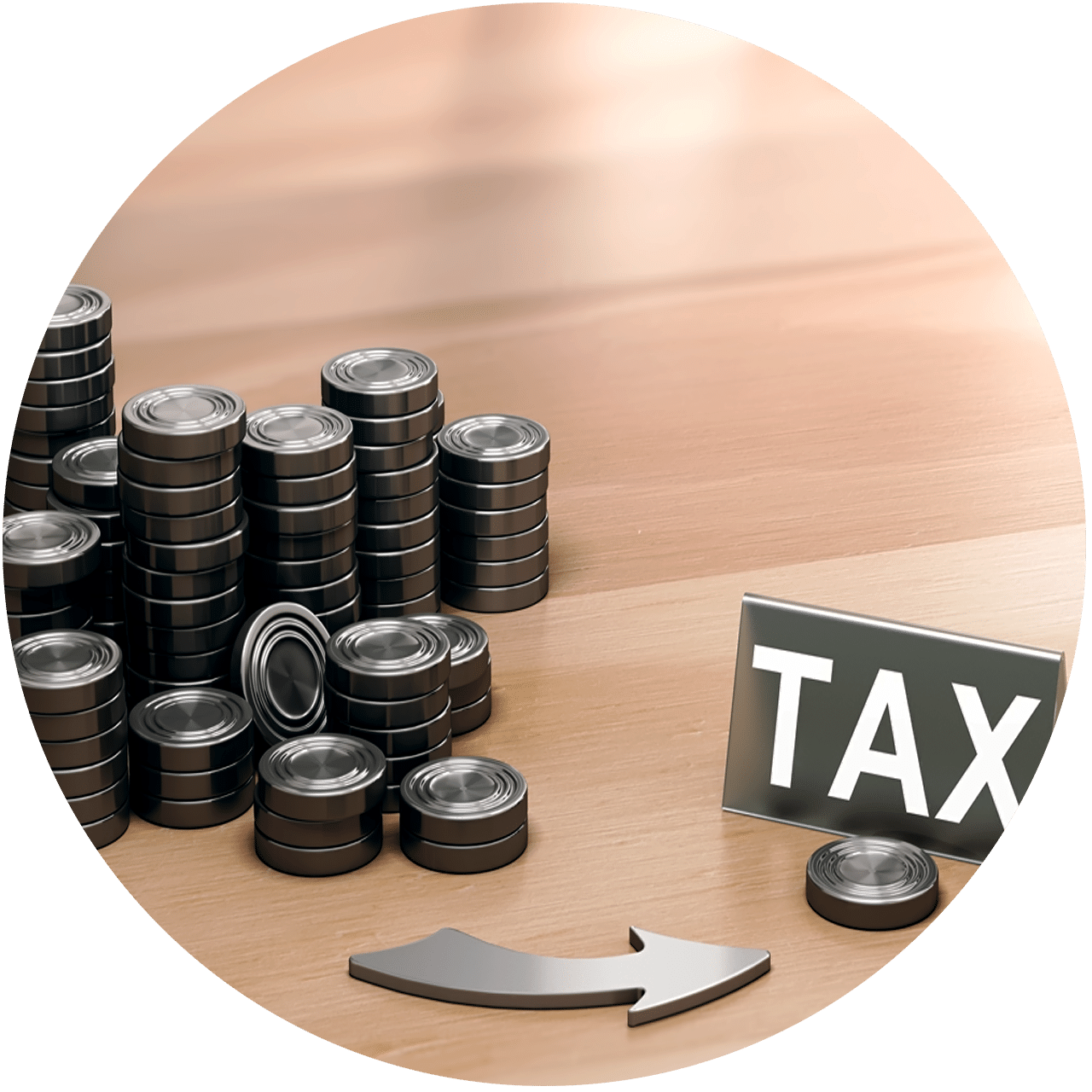
Get in Touch
Rhoundhay
Leeds
LS8 2AL, UK
Coventry Road
Birmingham
B23 6EJ, UK
0121 7268 542
info@careaccountancy.co.uk




